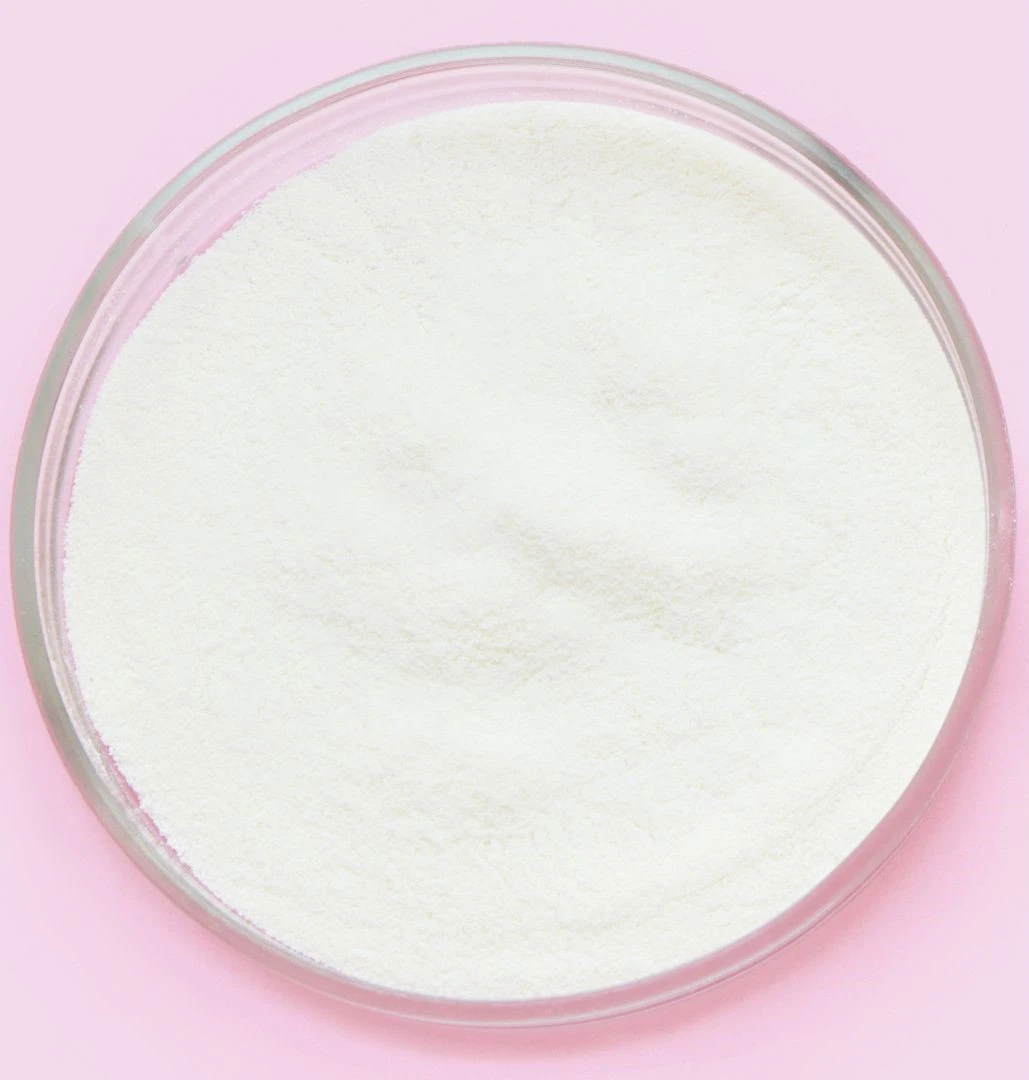IUPAC Name
Tetradecanoic Acid
Cas Number
544-63-8
HS Code
2915.90.20
Formula
C14H28O2
Industry
Palm Derivatives
Appearance
White Flakes
Common Names
Tetradecanoic acid
Packaging
25 Kg Polyethylene Laminated Bag
Myristic acid, also known as tetradecanoic acid, is a prevalent fatty acid present in both plant oils and animal fats. It is widely distributed in fats across the plant and animal kingdoms, including commonly consumed human foods like nutmeg. This essential fatty acid plays a crucial role in the body, contributing to the stabilization of various proteins, including those utilized in the immune system.
Myristic acid is industrially produced through the saponification process of fatty oils. This process involves hydrolyzing triglyceride chains to produce chains of fatty acids and glycerine. Subsequently, glycerine is separated, and the fatty acid chains undergo purification via fractionation under vacuum conditions. The final step involves collecting the distillate of myristic acid, ensuring a composition of at least 99%. Achieving a higher concentration of myristic acid content requires a more advanced fractionation design and increased energy input, considering the specific composition of myristic acid.
Myristic acid, also known as tetradecanoic acid, is a prevalent fatty acid present in both plant oils and animal fats. It is widely distributed in fats across the plant and animal kingdoms, including commonly consumed human foods like nutmeg. This essential fatty acid plays a crucial role in the body, contributing to the stabilization of various proteins, including those utilized in the immune system.
Myristic acid is industrially produced through the saponification process of fatty oils. This process involves hydrolyzing triglyceride chains to produce chains of fatty acids and glycerine. Subsequently, glycerine is separated, and the fatty acid chains undergo purification via fractionation under vacuum conditions. The final step involves collecting the distillate of myristic acid, ensuring a composition of at least 99%. Achieving a higher concentration of myristic acid content requires a more advanced fractionation design and increased energy input, considering the specific composition of myristic acid.
